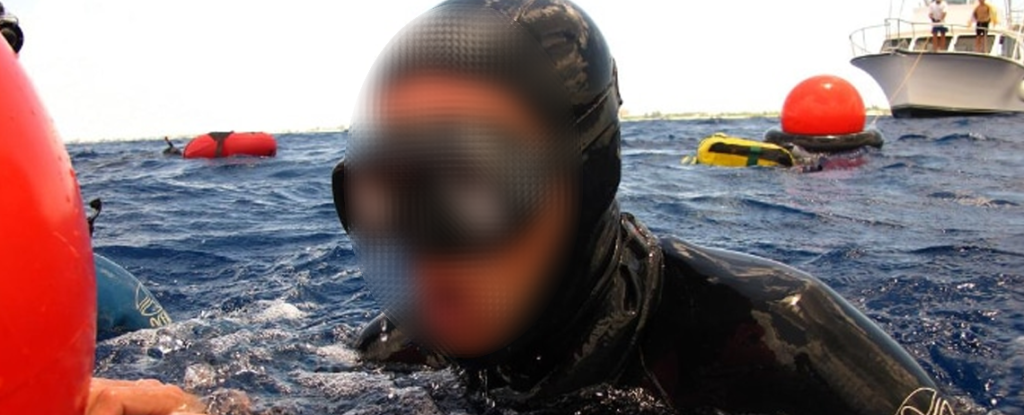First Breaths Immediatly after a dive

for the reason as stated above. The degree of oxygen concentration is not less than that at any other time. Among its many properties, oxygen has a special one: it is replenished relatively quickly. Roughly speaking, it may be said that proper breathing, that usually lasts about 30 seconds, helps us be more certain that we have overcome the danger of possible hypoxia and even be able to speak with our dive buddy and describe him everything we saw and experienced during our dive.
There have been occurrences where a diver takes a breath just after surfacing, tells his buddy that he is going to dive again to see a fish and immediately after that, he becomes unconscious due to hypoxic blackout. Be cautious then.
Which way of breathing may be proven to be the most effective one in order to replenish oxygen even faster? Before diving, we take a complete inhale and just before getting out of the water we must exhale. Since we are expected to produce as less energy as possible, we must exhale passively and then inhale in no time. We hold our breath for a duration of half a second and we repeat the succession of passive exhalations and short inhalations for a duration of a few seconds. The reason for performing passive exhalations instead of full and complete ones is very simple. A full and complete exhalation helps more replenish the air stored in our lungs, but at the same time more energy is required to be achieved, so for this reason we must avoid performing any forced and complete exhalations. Hence, we can replenish the reservoir of oxygen stored in our lungs by making the slightest attempt (and therefore, by avoiding increased activity to occur when the oxygen supply within the blood is insufficient).
It is a new technique and if we had the opportunity to watch it being employed by divers some time ago, we would have laughed at it. Everything changes.
